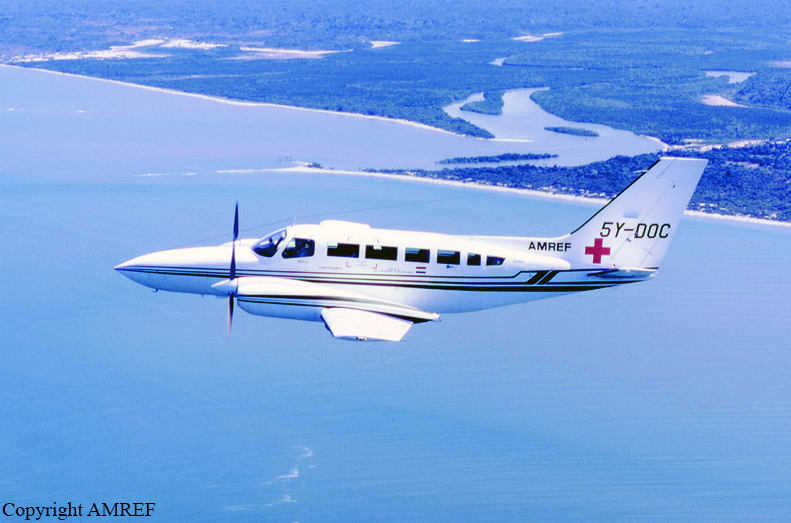Crash of a Cessna 404 Titan II near Merugwayi
Date & Time:
Jul 30, 2013
Registration:
5Y-DOC
Survivors:
Yes
Schedule:
Merugwayi - Arusha
MSN:
404-0433
YOM:
1979
Crew on board:
2
Crew fatalities:
Pax on board:
5
Pax fatalities:
Other fatalities:
Total fatalities:
0
Circumstances:
Shortly after takeoff from a remote airstrip in Merugwayi, while flying in bad weather conditions, the twin engine aircraft crashed in a wilderness located in Kapingiro, near Merugwayi. All seven occupants were injured, the copilot aged 23 seriously. The aircraft was damaged beyond repair. Among passengers were several doctors who provided medical services to locals leaving in the remote district.






